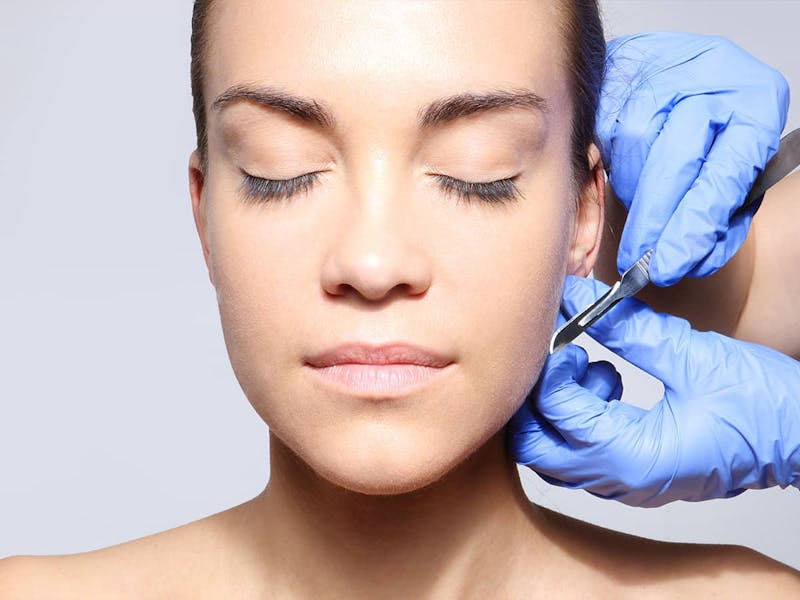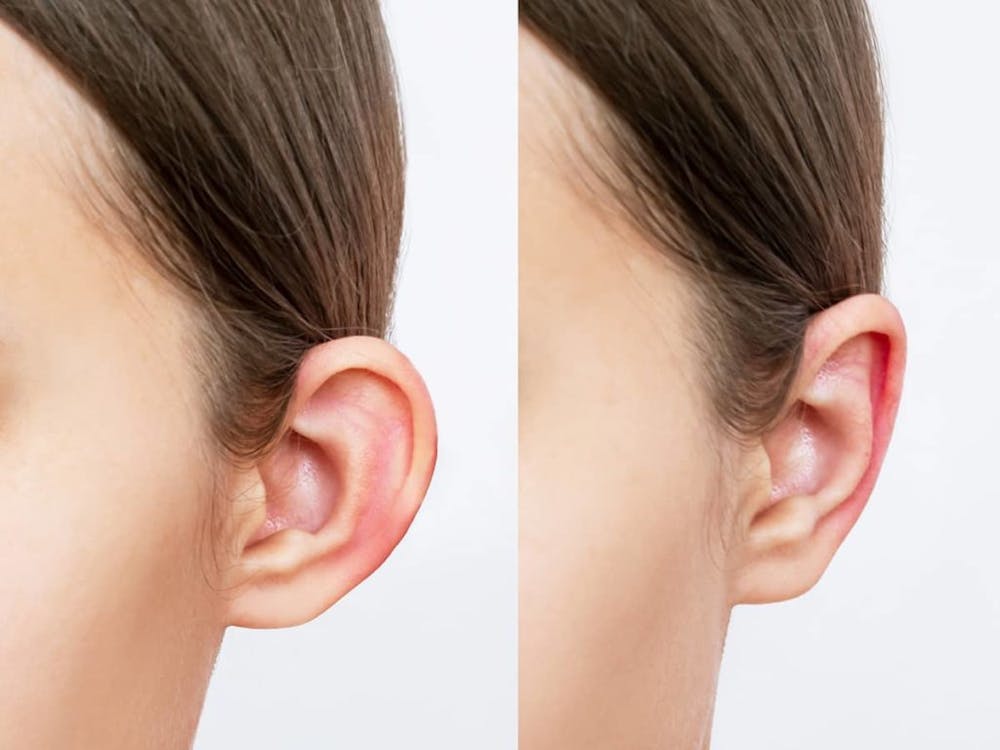
Otoplasty, or ear surgery, is a cosmetic procedure that can help to reshape and reposition the ears. While this surgical procedure can be successful in achieving desired results, it is important to understand the recovery process and avoid common mistakes during the recovery period for the best results. Knowing what to expect during the healing process and how to properly care for your ears after surgery can help ensure a successful recovery from otoplasty.
Considerations During Your Otoplasty Recovery Time
1. Preventing Infections During Otoplasty Recovery Process
The first step in preventing infections during otoplasty recovery is to follow the post-surgery instructions given by your doctor. Immediately after surgery, a compression bandage will be applied to the ears and should remain in place for at least 24 hours. After this time, lighter bandages may be used to cover the surgical incisions. It is important to keep these bandages clean and dry at all times. Additionally, a broad headband should be worn over the ears for several weeks after surgery to help protect them from any accidental bumps or knocks.
It is also important to avoid swimming or submerging your head underwater during otoplasty recovery as this can increase the risk of infection. If you must shower, make sure that you cover your ears with a waterproof dressing or cap before doing so. Additionally, it is important to avoid any strenuous activities that could cause trauma to the ears while they are healing. Following these guidelines can help ensure that your otoplasty surgery results in successful outcomes and minimal risk of infection.
2. Knowing When to Return to Normal Activities
It is important to take plenty of rest during the initial recovery period after otoplasty surgery. Most patients will be able to return to their normal activity level within a few days after the ear correction surgery. However, it is important to avoid any rigorous activity or physical activities that could cause trauma to the ears while they are healing. It is best to consult with your otoplasty surgeon for specific instructions on when you can resume normal activities.
In general, it is recommended that patients wait at least two weeks before returning to any strenuous physical activities such as running, lifting weights, or playing sports. Additionally, it may take several weeks for the swelling and bruising around the ears to completely subside. During this time, it is important to continue wearing a broad headband over the ears and follow all post-surgery instructions given by your doctor in order to ensure successful results from your otoplasty procedure.
3. Importance of Regular Follow-Up Appointments
It is important to attend all follow-up visits and follow-up care after otoplasty surgery. These visits are typically scheduled for a few days after treatment, and they allow your doctor to monitor the healing process and check for any residual swelling or other issues. Regular follow-up appointments are also important because they provide an opportunity for your doctor to answer any questions or concerns you may have about the healing process.
4. Avoiding Irritations and Allergies to Wound Dressings
It is important to avoid any irritations or allergies to wound dressings during otoplasty recovery. After the initial week of recovery, your facial plastic surgeon will likely replace the compression bandages with lighter bandages that cover the surgical incisions. Additionally, a broad headband should be worn over the ears for several weeks after surgery to help protect them from any accidental bumps or knocks. It is important to keep these bandages clean and dry at all times in order to prevent any irritation or allergic reactions.
For ear pinning surgery, it is also important to use fluff bandages around the ears instead of traditional gauze pads. Fluff bandages are more comfortable and provide better protection against infection than gauze pads. These kinds of bandages are less likely to cause irritation or allergic reactions due to their soft texture and breathable material.
5. Limiting Sun Exposure During Otoplasty Recovery
Extreme heat can cause swelling and discomfort, so it is best to avoid direct sunlight or any other extreme heat sources. Additionally, patients should wear a broad headband over the ears for several weeks after surgery to protect them from the sun’s rays. If you must be in the sun, try to stay in the shade as much as possible and use sunscreen with an SPF of 30 or higher. It is also important to keep your ears at their lowest heat level by avoiding hot showers, saunas, and steam rooms. Following these simple tips will help ensure successful results from your otoplasty procedure.
6. Understanding What Pain is Normal or Not Normal
Generally, patients should expect some level of discomfort and swelling for the first few days after ear reconstruction surgery. Your doctor may prescribe you pain medication to help manage any discomfort. However, if there is persistent pain or it becomes more severe, it is important to contact your doctor immediately as this could be a sign of infection or other complications. Additionally, it is important to follow all instructions given by your doctor regarding pain management and take any prescribed medications (pain relievers) as directed in order to obtain successful results.
7. Recognizing Signs of Secondary Scarring
Secondary scarring can occur when the incision site becomes infected or irritated, resulting in a raised, red, and itchy scar. To prevent this from happening, it is important to keep the incision clean and dry at all times and avoid any activities that could cause further irritation. Additionally, if you notice any signs of infection such as redness, swelling, or discharge around the incision site, contact your doctor immediately for further instructions.
8. Maintaining Proper Head Elevation After Surgery
Maintaining proper head elevation after surgery is essential for a successful otoplasty recovery. Keeping the head elevated helps to reduce swelling and discomfort in the ears. Ear reconstruction patients should also keep their heads elevated while sleeping by using two or more pillows or a foam wedge pillow.
This will help to ensure that the ears are kept at an optimal height while sleeping, allowing for better circulation. Additionally, it is important to avoid any activities that involve bending over or putting pressure on the ears as this can cause further irritation and discomfort.

Schedule a consultation
Learn more about the best Otoplasty surgery in Pasadena. Board-certified plastic surgeon Dr. Panossian is ready to help you. Schedule an ear-pinning consultation with us to discuss all your options before taking a decision. Call 626-765-6885 today to make an appointment with our welcoming staff.


